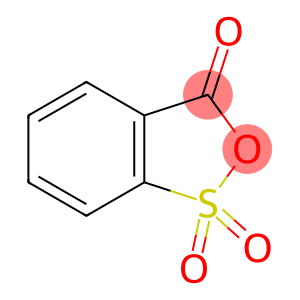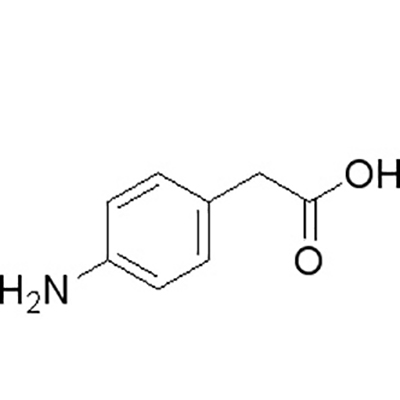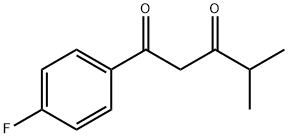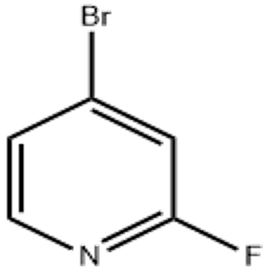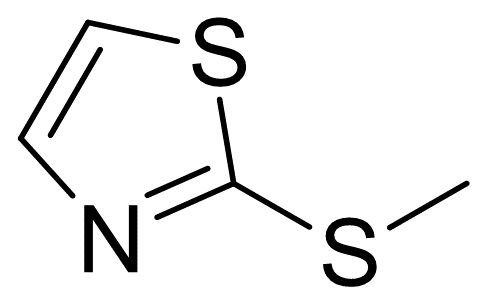2-Sulfobenzoic acid cyclic anhydride(CAS#81-08-3)
| Hazard Symbols | C – Corrosive |
| Risk Codes | R34 – Causes burns R20/21/22 – Harmful by inhalation, in contact with skin and if swallowed. |
| Safety Description | S22 – Do not breathe dust. S24/25 – Avoid contact with skin and eyes. S45 – In case of accident or if you feel unwell, seek medical advice immediately (show the label whenever possible.) S36/37/39 – Wear suitable protective clothing, gloves and eye/face protection. S26 – In case of contact with eyes, rinse immediately with plenty of water and seek medical advice. |
| UN IDs | 2923 |
| WGK Germany | 3 |
| FLUKA BRAND F CODES | 21 |
| TSCA | Yes |
| HS Code | 29163900 |
2-Sulfobenzoic acid cyclic anhydride(CAS#81-08-3) Introduction
2-Thiobenzoic anhydride is also known as 2-mercaptobenzoic anhydride. The following is an introduction to its properties, uses, manufacturing methods and safety information:Quality:- Appearance: 2-Thiobenzanhydride is a colorless to pale yellow crystalline solid.- Solubility: It dissolves well in common organic solvents such as ethanol, ethers, and dimethylformamide.Use:- 2-Thiobenzoic anhydride is often used as an intermediate in organic synthesis for the preparation of other compounds. It can participate in a variety of reactions such as alkylation, nucleophilic substitution, and cyclization.Method:- 2-Thiobenzoic anhydride is generally obtained by the reaction of sulfuric acid and 2-thiobenzool. In this case, sulfuric acid and 2-thiobenzol are mixed, heated and refluxed, and then acylated. Finally, the 2-thiobenzoic anhydride product was obtained by crystallization, filtration, and drying.Safety Information:- 2-Thiobenzoic anhydride is considered a relatively safe compound under general conditions of use.- But as a chemical, it still requires proper safety measures. When using, you should pay attention to protective measures, avoid contact with skin and eyes, and maintain a well-ventilated working environment.- Relevant safety operating procedures should be followed during operation and appropriate laboratory practices should be followed.


